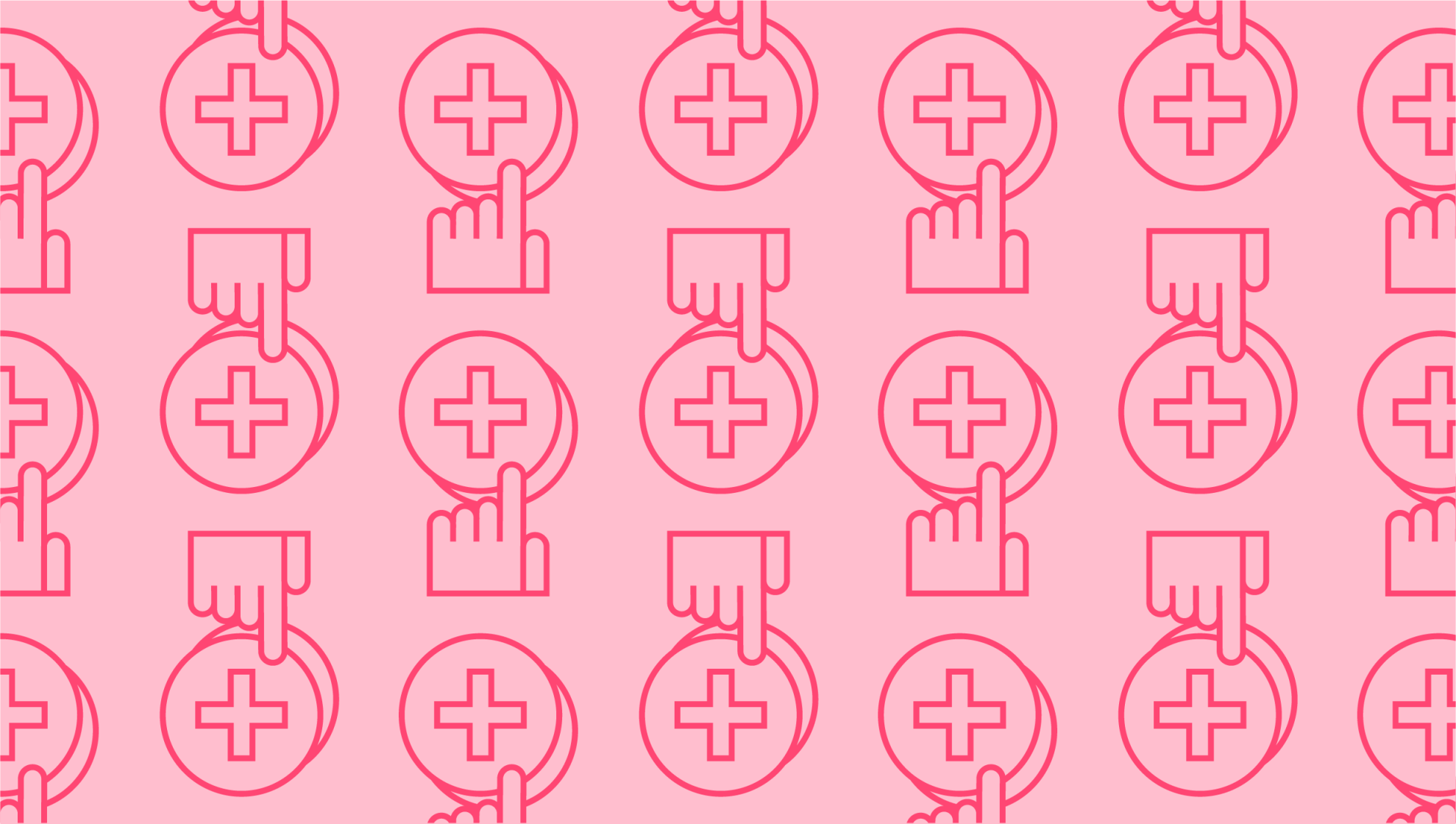
Why customer churn prediction is so important
Last editedOct 20222 min read
Effective customer churn prediction helps your business to hold on to one of its most important assets – its customers. Since keeping existing customers is easier and more economical than winning new ones, do everything you can to minimise churn. Here is a guide to help.
Why customers churn
All customer churn can be divided into two main categories: involuntary and voluntary. Involuntary churn is when a customer drops off your system without actively deciding to leave you. Voluntary churn is when a customer chooses to end your service.
The point where involuntary churn becomes voluntary churn can be blurred. For example, if a customer forgets to update their payment details, their payment may fail. This could result in their service being suspended, until they update their details.
The customer may not notice the reminder email. Alternatively, they may notice it but not get around to acting on it. Another possibility is that they do act on it but not in the way the service provider wants, for example, they may decide to cancel the service, possibly in favour of another provider.
Level one customer churn prediction
Many reasons why customers churn are fairly predictable. Common reasons include:
Poor onboarding
Poor customer service or technical support
Lack of clarity or transparency on pricing
Difficulties accessing the service or information they need
Difficulties making payment
These are all common pain points, so address them without the additional prompting of specific customer churn prediction. For example, use payment methods like Direct Debits to make it easy for customers to pay.
With Direct Debits, customers just have to set up a mandate. You take care of setting up the payments. This is similar to card-on-file payments. The key difference is that customers rarely change banks whereas card details have to be updated periodically.
Furthermore, when customers do change banks, they tend to use a switching service that updates their details automatically.
Level two customer churn prediction
Level two customer churn prediction goes beyond making assumptions about churn based on common factors. It looks at the behaviour of actual customers to see how likely they are to churn. Level two customer prediction consists of five main stages.
Define the customer
This is not as simple as the heading might suggest. Many online services offer a free trial, so they need to decide whether to include customers who decline to go beyond it as churned.
Other services operate on a freemium model. If customers dip in and out of the paid service, are they considered as churned? At what level of engagement do you consider a user as being active and hence capable of churning?
Define churn
Then define churn itself. When do you consider an active customer as having churned? Set a time period long enough for you to measure the effectiveness of churn-prevention campaigns.
If your time period is too long, it may distort your churn rates downward and skew your churn prediction to the point where it becomes effectively meaningless.
Be clear on the difference between churn and value erosion. Churn is when a customer leaves a service. Value erosion is when a customer becomes less valuable to a service provider; this also needs to be addressed, but it is different from churn.
Gather your data
If you’ve set your definitions of customer and churn accurately, gathering your data should be straightforward.
Analyse your data
You can do this in-house but for many SMEs, it’s easier to use a third-party customer churn prediction tool.
Act on your data
The whole point of customer churn prediction allows businesses to take action before a customer churns. It is vital to understand that customers churn for different reasons, so segment your data to target your interventions to each customer group.
We can help
GoCardless is a global payments solution that helps you automate payment collection, cutting down on the amount of financial admin your team needs to deal with. Find out how GoCardless can help you with one-off or recurring payments.

